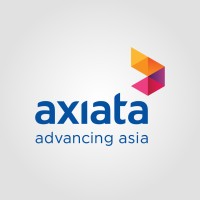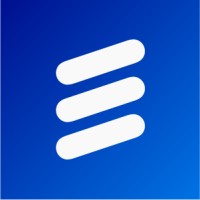
Axiata
AXIATA GROUP BERHAD 242188-H (199201010685) In pursuit of its vision to be The Next Generation Digital Champion, Axiata is a diversified telecommunications and digital conglomerate operating Digital Telcos, Digital Businesses and Infrastructure businesses across a footprint spanning ASEAN and South Asia. The Group has controlling stakes in market-leading mobile and fixed operators in the region including 'XL’ and ‘Link Net' in Indonesia, 'Dialog' in Sri Lanka, 'Robi' in Bangladesh, and 'Smart' in Cambodia while 'CelcomDigi' in Malaysia is a Key Associate Company. Axiata’s regional digital business verticals comprise ‘Boost’ a fintech company, and ‘ADA’, a digital analytics and AI company. 'EDOTCO' is among the top 10 independent TowerCos globally, operating in nine countries to deliver telecommunications infrastructure services. As a committed and long-term investor, the Group actively supports and drives young talent development; community outreach; as well as climate change initiatives. Axiata's broader goal of Advancing Asia aims to piece together the best in the region in terms of innovation, connectivity and talent to drive digital inclusion and sustainable progress across our markets. Find out more at www.axiata.com






